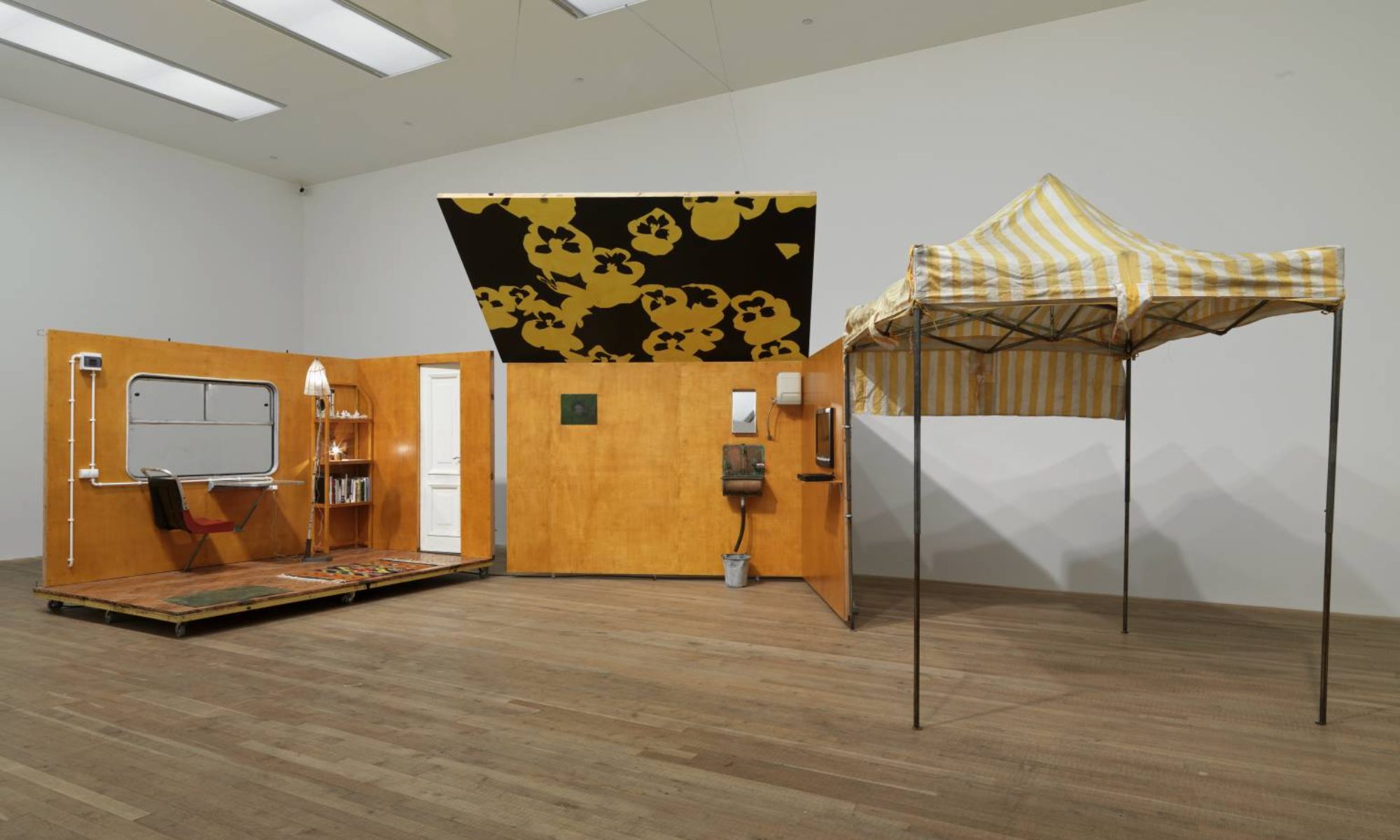In honor of National Poetry Month I am serializing the essay I wrote during my directed study on poetry and the visual with Dr. Lytton Smith. The videos I made for the other half of the project with Dr. Melanie Blood will be on the film studies blog shortly. The first third of the essay follows:
The kindship between modern poetry and film … hinges upon the subordination of plot to rhythm, but also upon a montage aesthetics that privileges the fragment and its abrasion of other fragments.—Gertrude Stein
The area created by the collision of two mediums makes us question the definitions of both. For example, by colliding film and poetry Stein has made clearer how poetry and film assemble themselves by broadening our idea of montage. To use Stein’s wording in a broader sense, two mediums will abrade each other which leaves us with new, ragged surfaces. These might at first seem ugly compared to the smooth definitions we had, but the roughness creates new complexity, and gives us more traction when trying to direct the force of the medium as it comes into contact with our work. Redell Olsen’s book Filmpoems (2014), a collection of “film texts” she wrote to accompany audiovisual performances, echoes Stein in its focus on materiality and redoubles the force behind widening our concepts of what film and poetry are. Even the title of the book troubles our thought. It raises a number of questions: how does Olsen get away with calling bound paper a film? More practically, can we call ourselves film poets in the absence of film in our cameras, or without cameras at all? If we follow the logic of Stein and Olsen we find that film (in other words a thin surface) is present either literally or metaphorically in almost every aspect of film poetry. Thinking about the images we create in terms of film, either with magnetic tape or a digital image sensor, with a projector, on the page, with or without a camera, helps illuminate the mechanisms of film poetry.
By centering film as a material surface with many forms beyond cellulose between poetry and moving images it problematizes both as it brings them together, as Olsen does with Film Poems. Olsen makes this multidirectional move by interrogating materiality and making, from industrial lace to amateur ghillie suits (a type of camouflage that makes the wearer look like Swamp Thing). She has done the lion’s share of the work of expanding the definition of film. In fact, it’s not a stretch to say that Olsen’s work in Film Poems and her critical writing is the reason we can call ourselves film poets without film in our cameras. She shows us that film can protect, breathe, obscure/mask, seal, project, defaced and be defaced, which is to say much more than photochemically capture images. At the very beginning of his introduction to the book Drew Milne is unsure whether Olsen entitled the collection “Film Poems” out of convenience or as a “conceptual manifesto.” No matter Olsen’s intentions her book has opened the door for video poets to begin working as film poets. This may seem like a trivial distinction to make, but again there is more at stake than a more venerable sounding title.
For example, by considering the screens of cathode ray tube televisions with film materiality as the center we can see what they have to tell us about film poetry. The screens are beautiful and inspired objects; they work against themselves materially because they obscure and project at the same time. As Chris Pirazzi explains in his extensive article “All About Video Fields” they are opaque on the inside because they are coated (or filmed) with a layer of phosphor, it obscures the mechanism of the TV. However, this opacity makes projection possible; the phosphors emit light as they are continually barraged by the electron gun housed in the back of the cabinet. The physical methods used to make this barrage into a coherent image can easily be mapped onto poetry. Electric impulses are sent into coils around the electron gun at a certain frequency (or, in Stein’s words, rhythm) that force it to scan the phosphor surface in lines from left to right, bottom to top. Where the metaphor of phosphor screen as page becomes inspiring, though, is the fact that any given scan only excites half of the screen. If there are 500 lines to be scanned (this is not standard) any pass of the electron will only hit 250 of those lines, with an empty line between each scanned one. This happens in part because the previous scan slightly persists in the “empty” lines of the TV and slightly in our visual system. CRTs remind poets that viewers will read white space subconsciously, if not consciously, and I say viewers because the way poems gesture towards their emptiness calls attention to another kinship between poetry and film. Namely, they are visual systems that call to be seen/scanned in specific ways, and understanding these methods in both mediums is vital to bringing them together.
